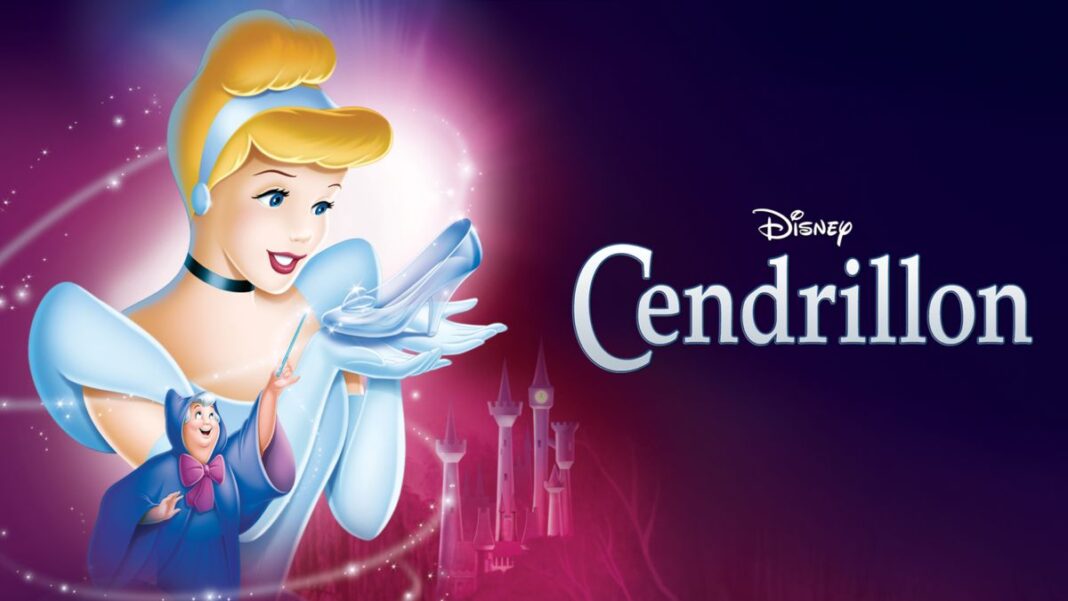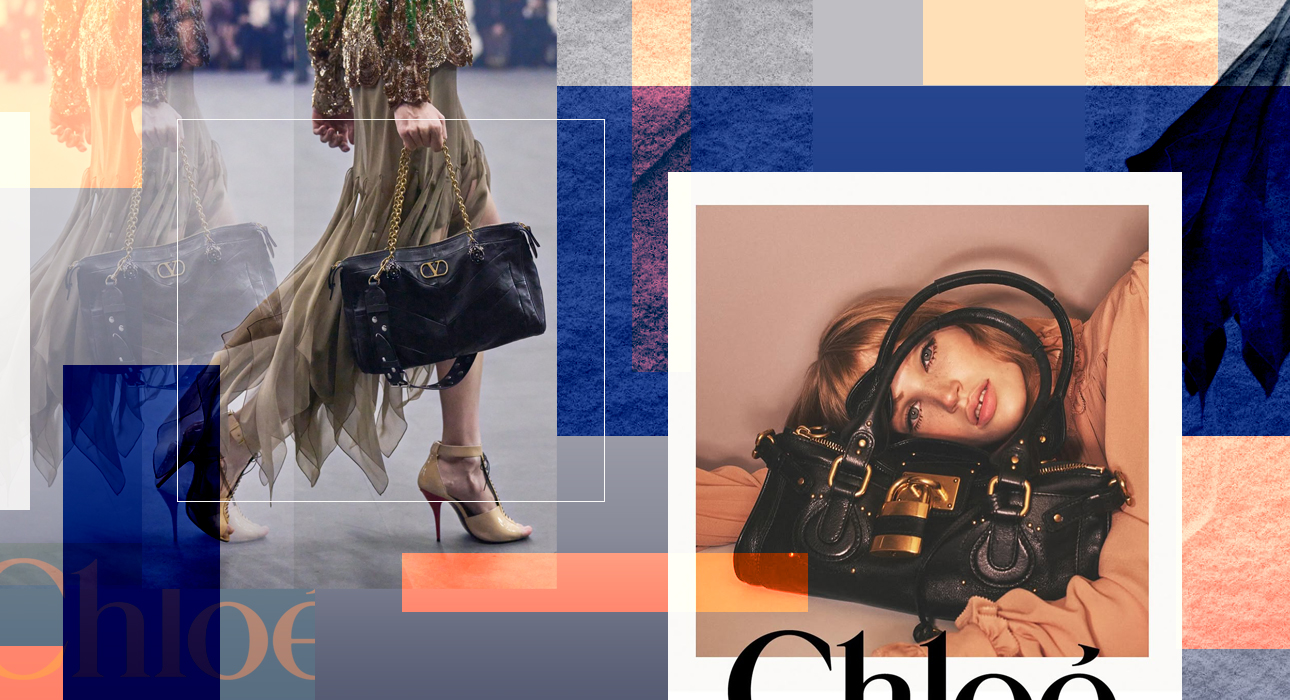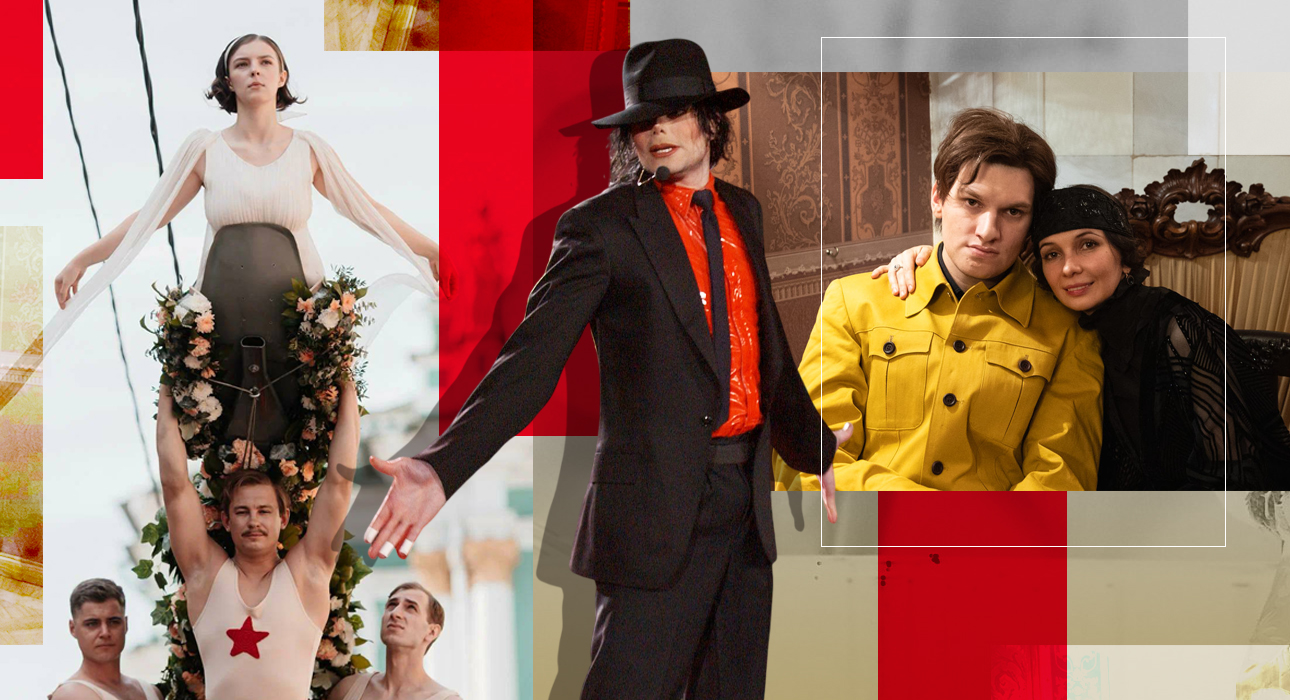Almost everyone has an opinion on the raw material that made up Cinderella’s shoes to go to the ball. Some scientists even had fun testing whether glass slippers could physically support a woman’s weight without breaking. The negative result inflated the hypothesis according to which they were therefore shoes made of vair, i.e. animal fur (but this was to forget that this flexible material would have allowed any foot to slip into them without constraint).
For Perrault, Cinderella wore glass slippers, and this is deliberately irrational
It could equally be remembered that it is a fairy tale, that those do not exist, and therefore one cannot change the pumpkins in the carriage, and the rags in a princess dress, but it would go against the spirit of Christmas. One would also have to invent a word to designate this propensity of certain fans to focus excessively on a detail in an attempt to rationalize it with a pseudo-scientific demonstration. A word that could very well be “racism” when it comes to contesting the existence of black characters in the fantastical fictions that they are House of the Dragon, Rings of Poweror The little Mermaidand. But that’s another discussion.
To return to the case of the tale of Cinderella by Charles Perrault of 1697, recently explained to Keeper like it was really made of glass. According to Genevieve Warwick, professor of art history at the University of Edinburgh and author of Glass slipper: towards a cultural history of Renaissance materialities (The glass slipper: towards a cultural history of Renaissance materialities), these importable shoes actually serve just as a satire of French royalty at the time.
Transforming ash into glass, a metaphor for Louis XIV’s reign of pure luxury
The academic reminds the major British newspaper that Charles Perrault was the secretary in charge of the decoration of the royal palaces of Louis XIV, including the famous Hall of Mirrors in Versailles: a 73-metre long room, richly furnished, equipped with 357 mirrors and 17 large windows. We recall that at the time glass cost a fortune and was imported from Venice. A problem ? Not for Louis XIV, who wanted to rhyme France with luxury to make it an instrument of political and economic power. The narrator was therefore the administrator in charge of setting up a royal glassworks for France, explains Genevieve Warwick with the Keeper : “ Perrault was in charge of supplying the glassworks: sand, ash and wood for the fires. Hence the name Cinderella. »
The latter, a woman of the people, in charge of collecting the ashes and who makes herself worthy of the love of a prince thanks in particular to her glass slippers, therefore appeared as a rather obvious metaphor of the glories of Louis XIV for the contemporaries of Perrault, the art historian continues: Made it kind of a national emblem of how we go to make France prosper, by producing these luxury products ourselves. »
And when Cinderella dances with the glass slipper (mission impossible), it is also a matter of gracefully mocking the often ridiculous, sometimes dangerous fashion effects of the time, such as the fashion for pins, which come out of stilt-heeled shoes. Furthermore, Louis XIV was also known for his adoration of richly embroidered shoes that bordered on the absurd. CQFD.

Front page photo credit: Disney+.
Source: Madmoizelle
Elizabeth Cabrera is an author and journalist who writes for The Fashion Vibes. With a talent for staying up-to-date on the latest news and trends, Elizabeth is dedicated to delivering informative and engaging articles that keep readers informed on the latest developments.




